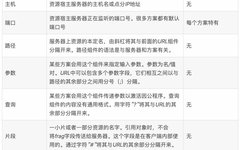A Guide to Avoiding Pitfalls with Content-Length in HTTP Requests
Scenario Recreation: A Frustrating JSON Parsing Issue Recently, during a project integration process, our team encountered a bizarre JSON parsing issue. Here’s what happened: The frontend team copied a normal cURL request from Chrome Developer Tools: curl -X POST https://api.ourcompany.com/v1/orders \ -H "Content-Type: application/json" \ -H "Content-Length: 187" \ -d '{"order_id":"123456","products":[{"sku":"A001","qty":2}],"remark":"Weekend Delivery"}' This request worked … Read more









